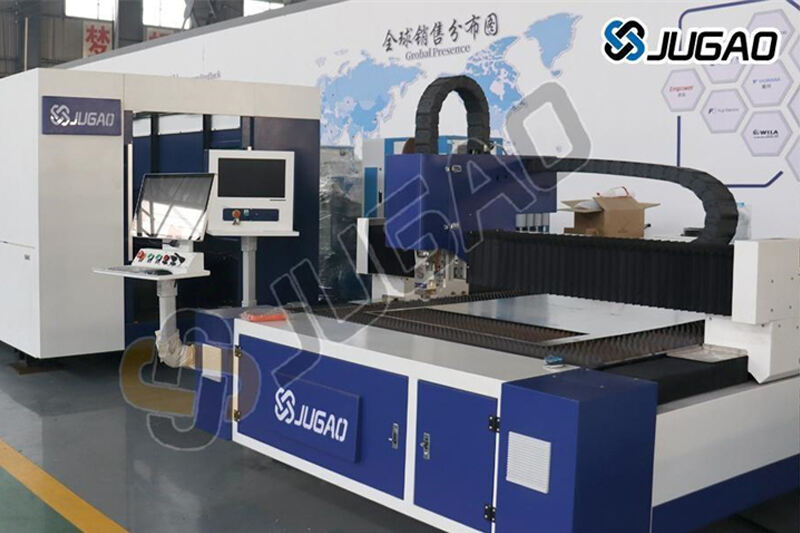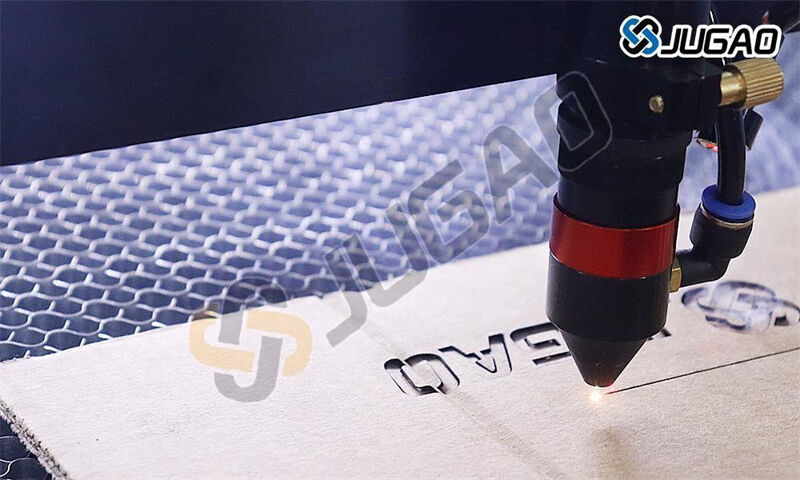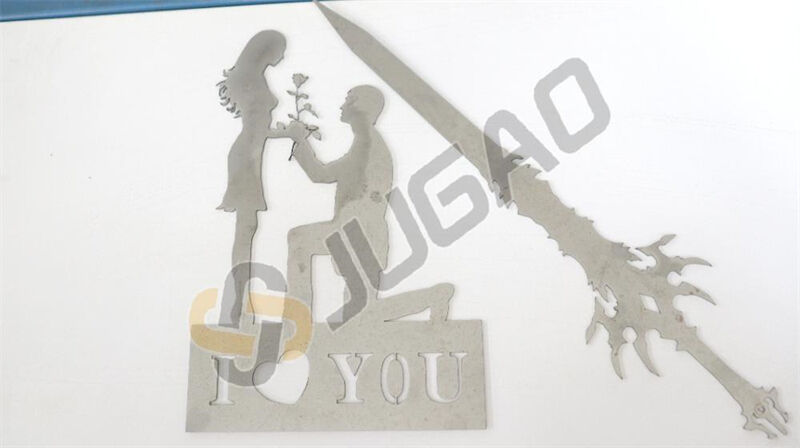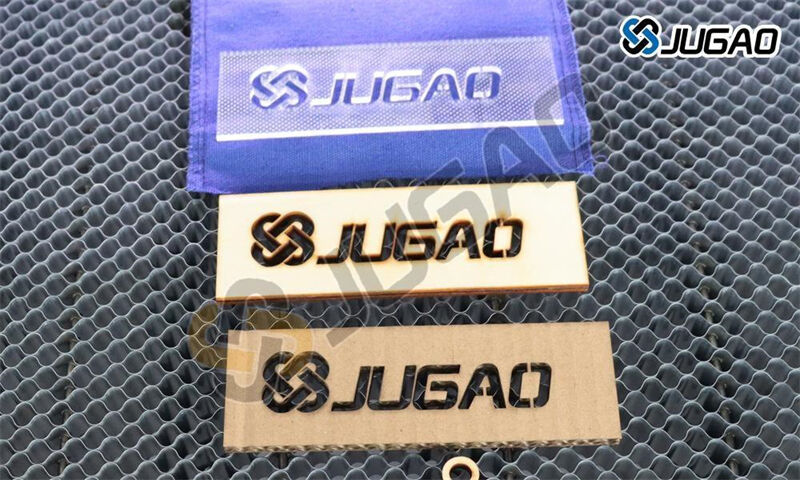Performance Analysis of Laser Cutting and Engraving
Laser cutting and engraving technologies are widely used in industrialmanufacturing, artistic creation, and electronics due to their high precision,efficiency, and non-contact processing capabilities. This document provides adetailed analysis of the principles, performance metrics, influencing factors,applications, and future trends of laser cutting and engraving.
Fundamental Principles
1. Laser Cutting
Laser cutting utilizes a high-energy-density laser beam to melt, vaporize, orignite materials, while an assist gas (e.g., oxygen, nitrogen) blows away moltenresidues, enabling precise material separation.

2. Laser Engraving
Laser engraving involves localized ablation or chemical reactions on amaterial’s surface to create permanent marks or patterns. Unlike cutting,engraving typically does not penetrate the material but modifies its surfacetexture or color.

Performance Metrics
1. Precision
Positioning Accuracy: Typically ±0.01 mm, with high-end systems achieving±0.005 mm.
Repeatability: Generally within ±0.02 mm for consistent batchprocessing.
Minimum Line Width: Depends on laser spot size (10–100 µm); ultrafastlasers enable micron-scale engraving.
2. Processing Speed
Cutting Speed: Depends on material thickness and laser power (e.g., CO₂lasers cut 1 mm stainless steel at 20 m/min).
Engraving Speed: Vector engraving can reach 1000 mm/s, while rasterengraving is slower due to scanning methods.
3. Material Compatibility
| Material | LaserType | Performance |
| Metals (Stainless steel, Al, Cu) | Fiberlaser, High-power CO₂ | High-precisioncuts, oxidation-assisted engraving |
| Non-Metals (Wood, Acrylic, Leather) | CO₂laser (10.6 µm) | Smoothcuts, detailed engraving |
| Composites (PCB, Carbon Fiber) | UVlaser (355 nm) | Minimalheat-affected zone (HAZ), high-resolution engraving |
4. Surface Quality
Cut Edge Roughness: Typically Ra < 10 µm (fiber lasers achieve Ra < 5µm for metals).
Engraving Depth Control: Adjustable via power and passes (±0.01 mmprecision).
Key Influencing Factors
1. Laser Parameters
Wavelength: UV (355 nm) for fine engraving; CO₂ (10.6 µm) fornon-metals.
Power: Higher power increases speed but may cause thermal distortion.
Pulse Frequency (Pulsed Lasers): Affects efficiency and HAZ.
2. Optical System
Focus Lens: Focal length determines spot size and depth of field (shortfocal lengths enhance precision).
Beam Quality (M²): Near-diffraction-limited beams (M² ≈ 1) yield smoothercuts.
3. Process Optimization
Assist Gas: Oxygen boosts speed (but oxidizes edges); nitrogen ensuresclean cuts.
Scanning Strategy: Raster for large-area engraving; vector forcontours.
Applications
1. Industrial Manufacturing
Sheet Metal Fabrication: Automotive/aerospace component cutting.
Electronics: FPC (Flexible PCB) cutting, PCB micro-drilling.

2. Creative & Customization
Artwork: Wood/acrylic engravings, leather branding.
3D Relief: Grayscale engraving for depth effects.

3. Medical & Research
Surgical Tools: Precision-cut stainless steel instruments.
Microprocessing: Ultrafast (femtosecond/picosecond) lasers formicrostructures.
Future Trends
1. Higher Power & Efficiency: Multi-beam processing for increasedthroughput.
2. Smart Automation: AI-driven parameter optimization.
3. Green Lasers: Energy-efficient fiber lasers.
4. Ultrafast Laser Adoption: Expansion in medical and semiconductorfields.
Conclusion
Laser cutting and engraving offer unmatched precision and versatility, makingthem indispensable in modern manufacturing. Advances in laser sources,automation, and process control will further enhance their capabilities andapplications.


















































